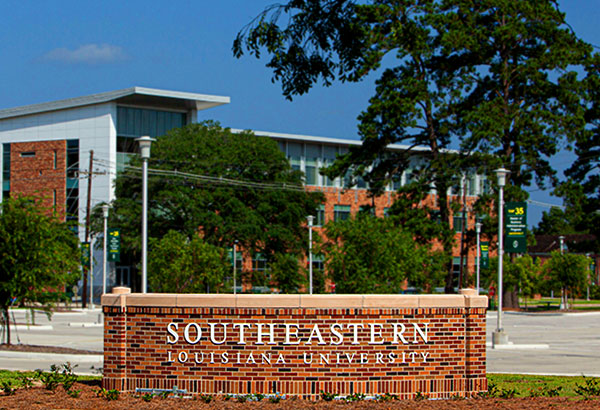Wetlands Creation Using Restored Drill Cuttings
Considering how rapidly our natural wetlands are disappearing, it only makes sense
to explore all possible avenues of replenishing this vital national treasure. Created
wetlands are one such avenue. Various materials have been used, mainly dredge spoil
or soil taken from another source (e.g., pumped from the bottom of nearby lakes).
Drill cuttings are a by-product of oil exploration and drilling processes and are
usually contaminated with various concentrations of heavy metals which render them
unsuitable for plant substrate. Recently, however, new methods of purifying cuttings
have been developed... this allows the heavy metals to be recycled and reused in the
industry and the soil, once cleaned, can be used in restoration projects.
Sounds good, eh?
The bottom line, however, is that extensive testing needs to be performed before any
field tests can be implemented.
Sooooooo, this is where our campus-based mesocosm facilities come into play. This
completely climate-controlled greenhouse facility allows full control over all tidal
fluctuations (in this case they are 1. daily tides, 2. permanently flooded, and 3.
moist but unflooded), aeration, drainage, salinity or nutrient levels, etc. This allows
us to simulate natural conditions with an extremely high degree of realism. This in
turn allows us to better extrapolate from data collected here to those which might
be expected in the field.
Extensive plumbing allows a great degree of flexibility in precisely controlling the tidal regime in this mesocosm facility. This automated system doesn't require human intervention for routine watering procedures, tidal fluctuations or nutrient additions. Presumably, this would free up graduate student time for more important endeavors like studying ... but, of course, that is another experiment!
Two huge heat-pumps combined with double-layer walls (with dead-air space) and ceiling in this greenhouse allow us to conduct climate controlled experiments year round. Admittedly, Louisiana doesn' t have much of a winter, but the plants don't know this... they go into dormancy every year. The pumps do, however, allow us to maintain a more natural temperature throughout our long summers. In the above photo, you can see tidal flow entering a mesocosm at a predetermined interval. This flow is precisely controlled by a regenerative blower-powered airlift system and a series of timers.
Here, the tidal flow is returning back from the individual mesocosm units to the supply tanks. These are automatically fed by pressure-sensitive pumps mounted in sump containers underground. The chemical nature of a particular water treatment (e.g., salinity, nutrient composition, pH, etc.) are adjusted here before being pumped to the mesocosms.






